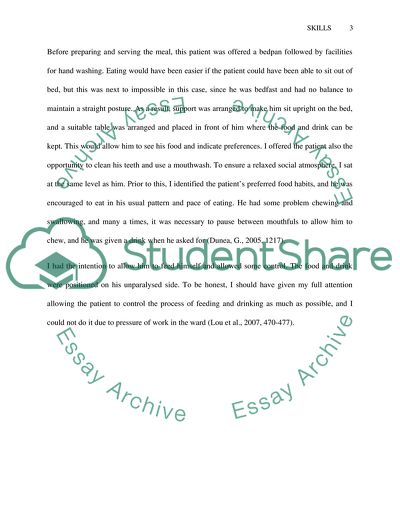Cite this document
(“Foundation S N Essay Example | Topics and Well Written Essays - 1000 words”, n.d.)
Retrieved from https://studentshare.org/miscellaneous/1546121-foundation-s-n
Retrieved from https://studentshare.org/miscellaneous/1546121-foundation-s-n
(Foundation S N Essay Example | Topics and Well Written Essays - 1000 Words)
https://studentshare.org/miscellaneous/1546121-foundation-s-n.
https://studentshare.org/miscellaneous/1546121-foundation-s-n.
“Foundation S N Essay Example | Topics and Well Written Essays - 1000 Words”, n.d. https://studentshare.org/miscellaneous/1546121-foundation-s-n.


